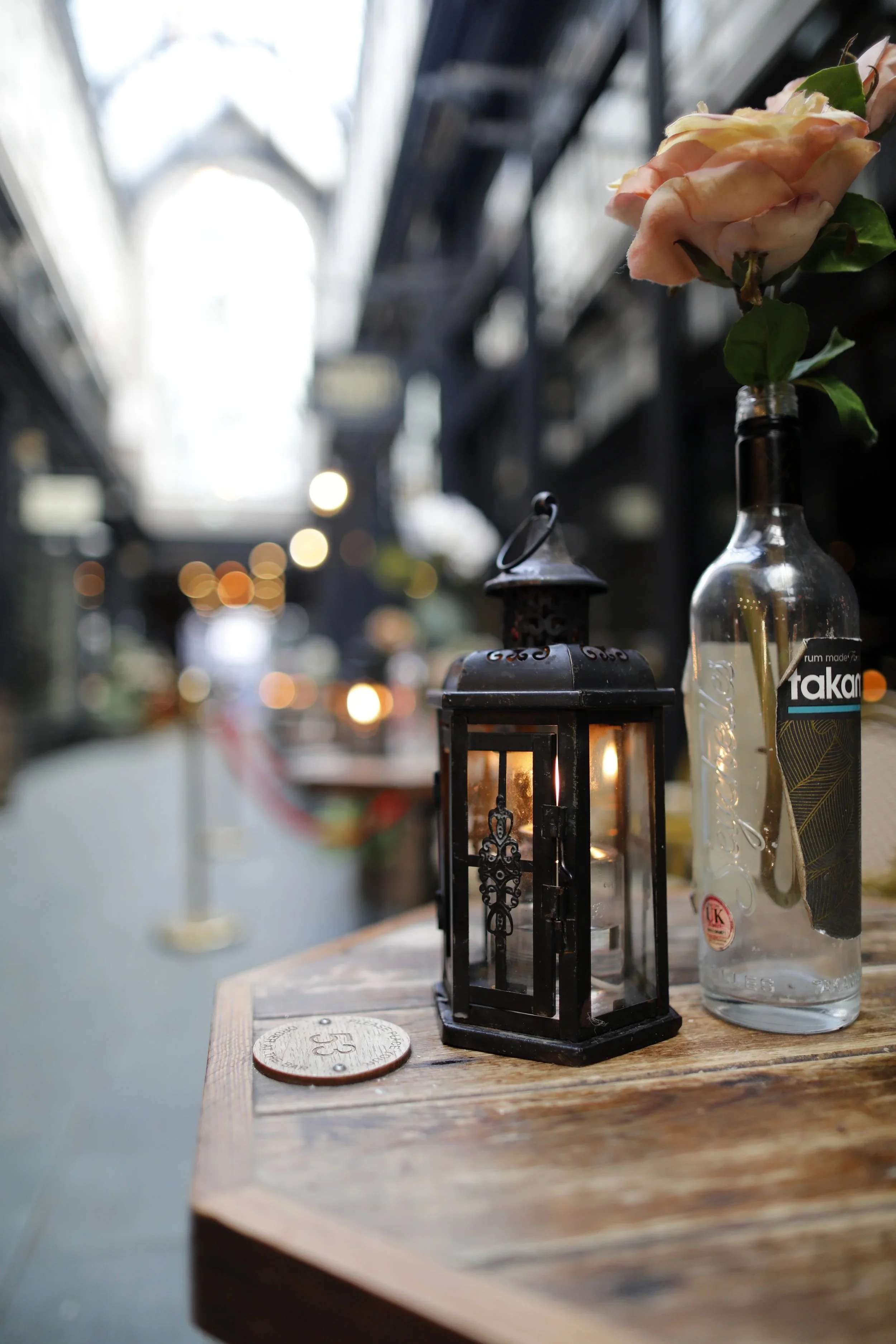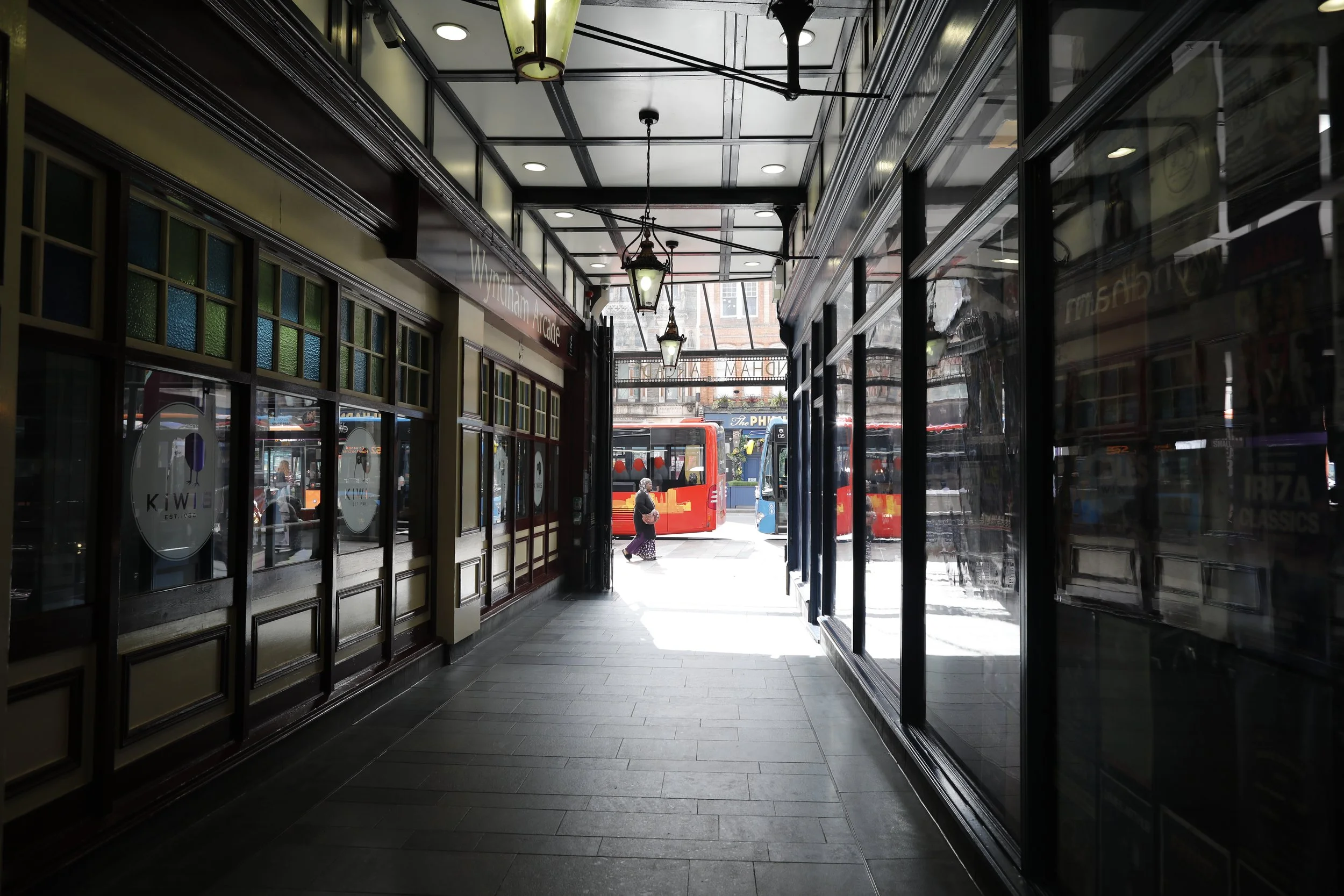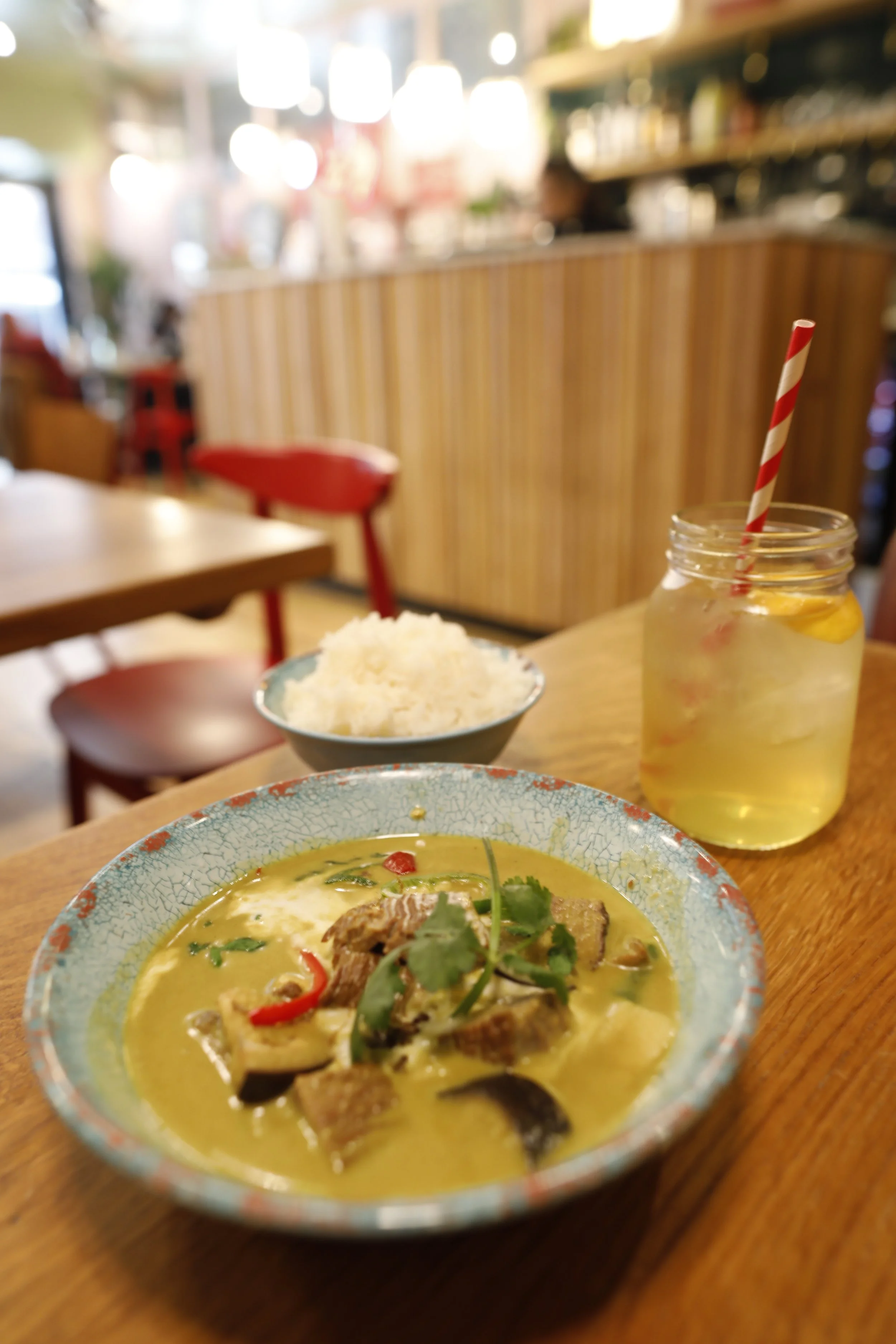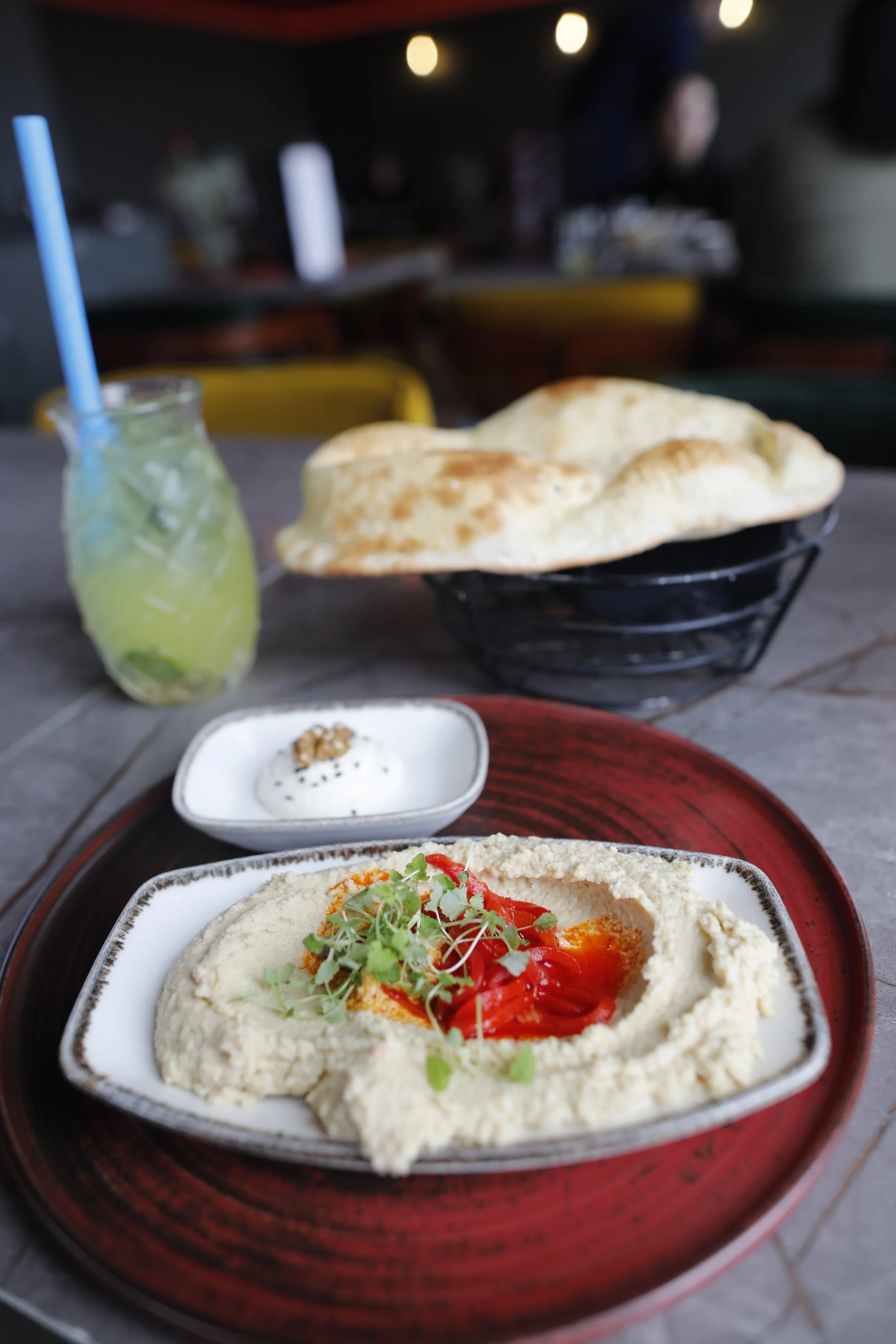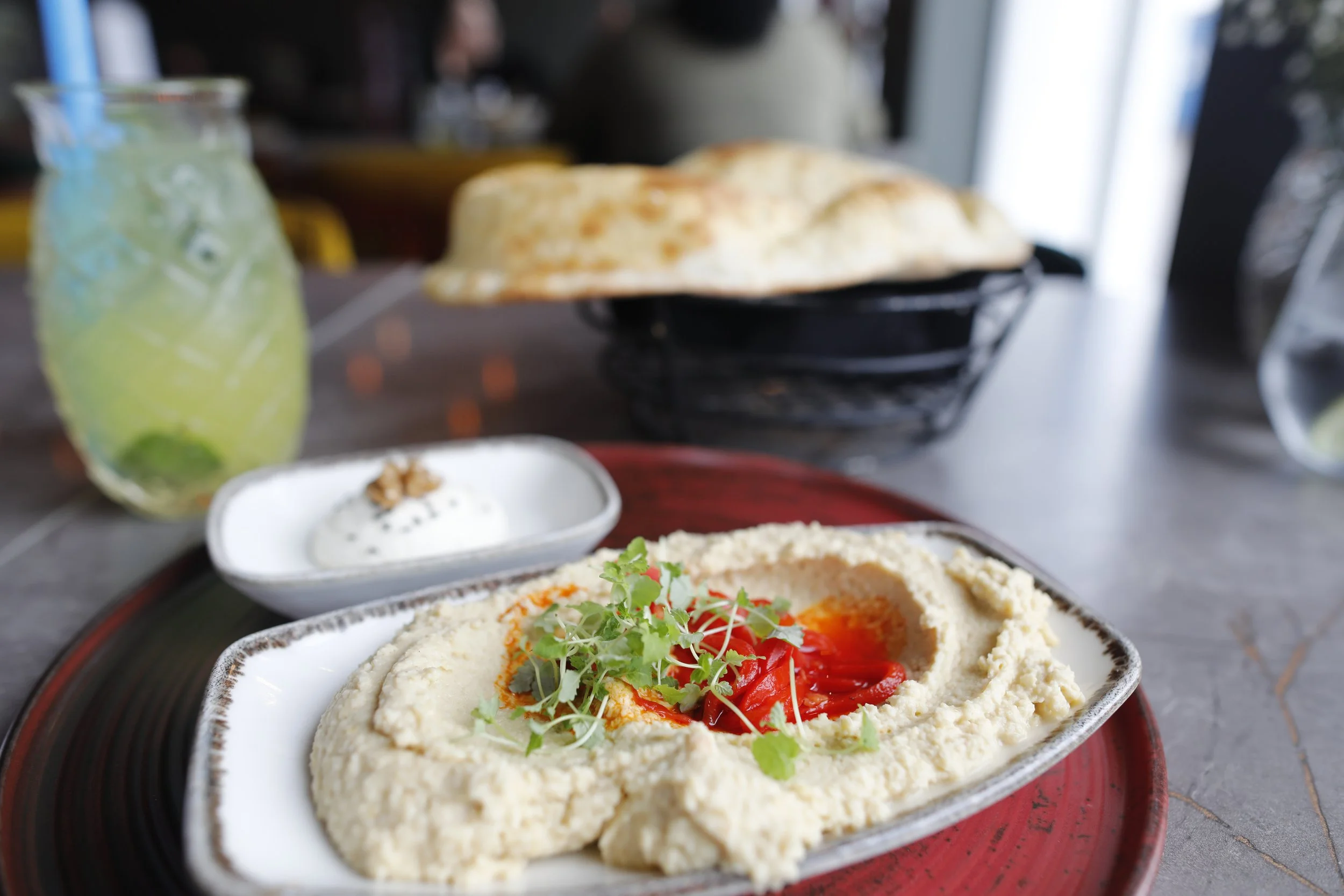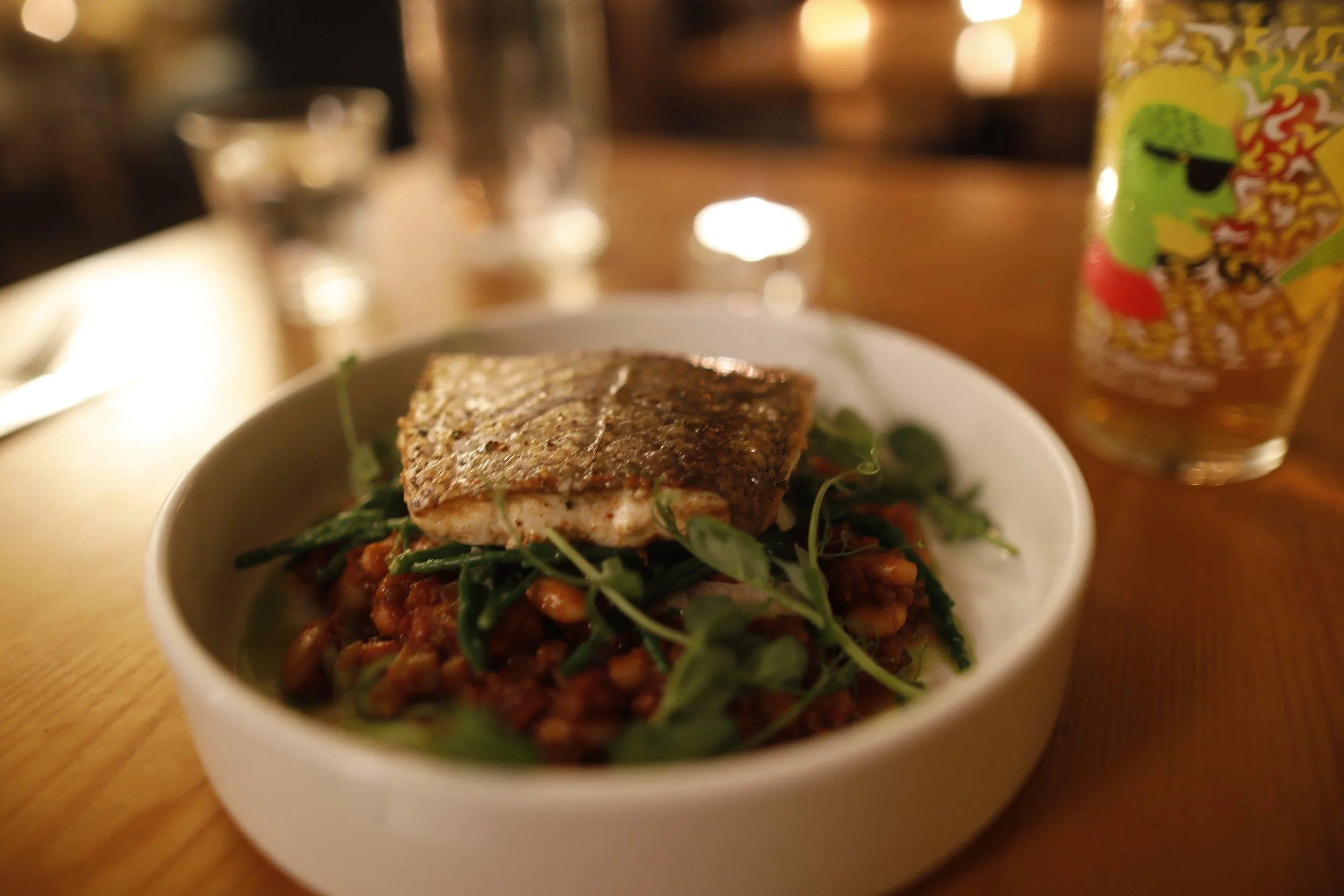Cardiff’s City of Arcades
Best things to do in Cardiff: explore the “City of Arcades” with this travel guide.
As part of the United Kingdom, Wales is a land of song and a country steeped in myth and legend, famous for its friendly people.
The country is bordered by the Irish Sea to the north and west, England to the east, the Bristol Channel to the south and the Celtic Sea to the south-west.
Wales is largely enjoyed outdoors despite the soggy weather. Mountainous national parks stretch through the north and central areas while over 1,500 miles of rugged coastline and the occasional beach are found in the south.
Cardiff, the capital and largest city in Wales, lies in the southeast of the country on Cardiff Bay. The area gained recognition and size beginning in the early 19th century, as Cardiff became a port for coal as mining increased in the region.
Charming beyond belief, the town is recognized as home to the most castles in the world. Of which, the most well-known is Cardiff Castle, one that’s been standing at the heart of the city for nearly 2,000 years.
Cardiff is also known as the “City of Arcades,” with the largest concentration of Victorian, Edwardian and modern-day shopping arcades in Britain.
My holiday: city vibes, island vibes and everything between, this time my travels had me weaving in and out of Europe, crossing the English Channel and eventually landing alongside the stunning Mediterranean Sea.
This European adventure and journey to Cardiff began in UK’s iconic city of London, England.
From there, I traveled by train to Wales, visiting Cardiff and the charming seaside town of Tenby further west along the coast.
Making my way back through London, I arrived on the island country and self-governing British Crown Dependency, English Channel’s Isle of Jersey, for its fresh seafood and magical sunsets.
Not slowing down, I traveled by ferry south to France, spending the night in Saint-Malo (a lucky mistake) and then on to Nantes, “City of the Dukes.” Lastly, I flew to France’s southern coast to explore both Nice la Belle and Monaco, French Riviera’s playground.
Best Things to Do in Cardiff
Settle In / To your gorgeous Airbnb: hello Cardiff
Fall in Love / With the City of Arcades
Explore / The historic Cardiff Castle
Devour / Sweet donuts at Whocult & Italian fare at Cafe Citta
Enjoy / Traditional Welsh Cakes
Delight / In Turkish fare at The Sultan
Roam / Cardiff’s city center
Discover / Local Welsh cuisine at The Potted Pig
Best Things to Do in Cardiff
Settle In to Your Gorgeous Airbnb: Hello Cardiff
Heading out of London, I began my day with a quick breakfast at Bobo Social near my Airbnb. Avocado toast and a chai latte were enough to send me on my way to Paddington Station, where I’d catch the 11:30 a.m. train to Cardiff. I’d previously purchased tickets online and been told it was best to arrive at the station abut 10-15 minutes before departure. The terminal was large and somewhat confusing as it connects to the regular train station but once I settled in, I realized the huge display monitors list which track your train will arrive.
The ride to Cardiff lasted one and a half hours and was easy and smooth. The trains are very nice, with seats facing both directions and a few tables throughout. Car A was designated as the quiet car. We stopped a few times along the way at various cities and ultimately, reached Cardiff Central Station where I hopped off and walked the 10 minutes to my next Airbnb.
Derek, my host, along with his two cats who occupy the kitchen exclusively, were so kind and welcoming. The home was cute; it was warm and eclectic and full of uniquely vibrant art. Derek gave me a rundown for the space and some info about the city before leaving me to it.
I introduced myself to the cats, had a mini photoshoot and moved upstairs to settle in. It was a modest space with a bed, side tables and wardrobe but the real treat was the bathroom.
Crispy designed in black and white, the fixtures were something else; I couldn’t wait to take a warm bath in the charming tub.
But first, it’s time to explore the city.
Fall in Love With the City of Arcades
Just a few minutes walk by foot is the small city center. The “City of Arcades,” I discovered, is a lively main street with seven Edwardian and Victorian arcades branching off in either direction. The arcades lie in the heart of the city and are nestled along High Street, almost hidden from view. Often marked with black facades and two arched columns, the arcades stretch away from the main street down long moody corridors.
Like a snake, each arcade weaved in and out, curving and connecting to quieter corridors. With names like Castle Arcade, High Street Arcade, Duke Street Arcade, Royal Arcade and Morgan Arcade, the arcades are home to over 100 independent boutiques, cafes, shops, markets, bars and restaurants.
Once a bustling commercial hub, the area is celebrated as part of Cardiff's architectural and retail heritage since first opening in 1885. The arcades graciously showcase Victorian and Edwardian architectural designs, with beautiful features like glass roofs, elaborate ironwork and decorative lanterns.
Truly enchanting, I wandered about the arcades, up and down, peering into each and every shop. I loved the matte black architecture, smooth stone walkways and cadence of lanterns hung from above. Simple signage marked each shop, while seating spilled out into the corridors.
Within the arcade quarter is Cardiff Market and although I’m super bummed to admit that I didn’t find time to enter, I heard it’s absolutely worth a visit. Also known as Central Market, it’s an impressive structure with a unique shopping experience with a variety of products under one massive glass roof. Located in the Castle Quarter of Cardiff city center, the market has been trading in some form since the 1700’s with evidence of a market in the same location since the 14th century, officially opening in 1891. Inside you’ll find a wide range of goods, including traditional Welsh cuisine, artisan coffee, street food, vintage clothing, second-hand records, fresh produce, food stalls and independent traders.
Back in the arcades, it felt as if I were the only one discovering a hidden secret. A truly special shopping experience and with few crowds, the arcades are home to ice cream shops, bakeries, salons, pizza restaurants, barbers, bars, clothing stores, chocolatiers and coffee shops, all with charming names like Gin & Juice and Flight Club.
It must take years to discover every nook and cranny of the arcades. Even above, some extended to the second level with more surprises awaiting. The old-time bars had to be my absolute favorite, both beautiful and moody at the same time, as if time stood still. And don’t even get me started on the light. The filtered light from the glass ceilings above created nothing short of perfection.
Most of all, this once Victorian era shopping district is alluring, incredibly unique and often called the jewel in Cardiff’s crown. Filled with architectural surprises, tasty bites and incredible history, the arcades are hard to forget and offer a special shopping and dining experience to anyone who steps foot inside.
Tip / Move slowly through the arcades and relish in the stunning details. It’s like stepping back in time.
Additionally, as my time in Cardiff passed, I realized many of the arcades come alive at night, while others close their doors more often than not.
After working up an appetite, I stepped into Rosa’s Thai Café for lunch. Slightly off the beaten path, the space was dimly lit with a charming design and central bar.
To eat, I chose green curry with beef and white rice, along with a Thai lemonade to drink. Service was quick and kind and all was very tasty. So far, my experience with downtown Cardiff was one I wouldn’t forget anytime soon.
Just around the corner and at the end of High Street, sits Cardiff Castle, my next destination.
Explore the Historic Cardiff Castle
Open year round, seven days a week, the castle grounds are free of charge to roam, however, entering the castle and exploring its many sites will set you back £15. Enter through the main entrance and purchase tickets at the Visitor Center. From there, move downstairs to wander the Firing Line Museum, home of The Queen’s Dragoon Guards and The Royal Welsh, where countless exhibits and artifacts are on display.
Once inside the castle grounds, there’s much more to experience. The obvious is to climb the mighty Norman keep and take a look at the replica medieval trebuchet, a type of catapult (which somehow I missed). Of course, visitors also wonder at the lavish Castle Apartments, designed for one of the richest men in the world. The Roman remains, Chariot Corner and Wartime Shelters are also not to be missed. To wind down, a scenic stroll along the Battlement Walks or a visit to Bute Park offer solace.
One of Wales’ most important heritage attractions and a site of international significance, Cardiff Castle is located within beautiful parklands in the heart of the capital’s city center. Its Romanesque walls and fairytale towers overflow with 2,000 years of history. The castle is a Norman stronghold, founded by William the Conqueror himself and built on the site of a Roman fort dating from the 1st century AD, some of which was reconstructed during the 20th century. The Castle is most famous for its incredible Victorian apartments, designed by William Burges for the wealthy 3rd Marquess of Bute. Both men were fascinated by medieval history and spared little expense in realizing their Neo-Gothic vision of the past.
An unexpected surprise, the Victorian Apartments were something special to witness. These residential buildings date from the 1400’s and have gone though considerable expansions and alterations over the centuries. As time became less unstable, priorities shifted toward comfort rather than defense and the Earls of Pembroke set about to create a rich and opulent home at the castle during the 1580’s.
Though by the time the Bute family inherited the castle in 1766, the house had fallen into disrepair. Lord Bute hired architect, Henry Holland and his father in law to undertake demolition and rebuilding. And in 1865, the 3rd Marquess of Bute began a remarkable collaboration with artist and architect, William Burges, to design the ultimate dream palace. Both men, obsessed with the past, created the spectacular interiors seen today, a gothic feudal expression of opulent murals, fine details, gilded surfaces (decorative process of applying a thin layer of gold leaf), intricate wood carvings, stained glass and delicate marble.
The interiors include Lord Bute’s study, the Guest Tower, the Arab Room, Nursery, Banqueting Hall, Dining Room, Drawing Room, Library and bedrooms for both Lord and Lady Bute. The Banqueting Hall is the largest room in the castle and is located in the oldest part of the building. Although the actual walls date from the 15th century, the surface designs, ceiling and floors are Victorian.
My favorite space, the Arab Room, was one of the last William Burges designed and dates from 1881, the year he died. The ceiling is absolutely stunning and of a style known as muqarnas. Meaning "horn" or "ridge," the style includes highly ornamental and decorative elements found in Islamic architecture and is characterized by a honeycomb-like structure. This three-dimensional geometric pattern is often used to embellish architectural features like domes, vaults and niches. Here, it’s made of wood that has been decorated and gilded with gold leaf.
The shapes are mesmerizing, almost creating an optical illusion, and the way the light and shadow played in the room was truly beautiful. the space felt spiritual and inspiring. Another element I enjoyed was the large stained glass windows. They were so colorful and most often saturated with light.
Outside in the crisp cool air, the castle was calling my name. I was curious what I’d find inside and what views await me from the tower. A motte-and-bailey castle, its two structures include a motte, or type of mound, often artificial, topped with a wooden or stone structure known as a keep and at least one bailey, or fortified enclosure. Essentially, the bailey is an enclosed courtyard, typically within the castle's walls. These courtyards were used for various purposes such as housing, storage or even small villages within the castle walls and served as a central hub for domestic and economic activities within the castle with buildings like halls, kitchens, chapels, barracks and stores.
The very first Roman fort at Cardiff was likely established at the end of the 50’s AD on a strategic site that offered easy access to the sea. Its original intention was presumably to aid in subduing the local tribe know as the Silures. Archaeological excavations indicate that a series of four forts, each a different size, occupied the present site at different times.
The final fort was built with stone, its imposing Roman walls still standing today. After the fall of the Roman Empire, the fort may have been abandoned, though the nearby settlement remained, likely taking its name from Caer-Taff, meaning “fort on the Taff” River.
After the Norman conquest, the castle’s keep was built, re-using the site of the Roman fort. The first keep on the motte, erected by Robert Fitshamon, Norman Lord of Gloucester, was most likely built of wood.
Over the years, further medieval fortifications and dwellings followed and the castle passed through the hands of several noble families until in 1766, it passed by marriage to the Bute family. John Crichton-Stuart, 2nd Marquess of Bute, was responsible for turning Cardiff into the world’s strongest coal exporting port. Eventually, the castle and Bute fortune would pass to his son, John, the 3rd Marquess of Bute, who by the 1860’s was said to be the richest man in the world.
As I reached the peak of the most recognizable feature of the Cardiff Castle, the impressive twelve-sided Keep, I was able to see the entire courtyard and beyond. The finest example in Wales, this type of Keep is known as a ‘shell' Keep because its outer walls created a protective shell for smaller structures within. The stone Keep was built during the early 12th century by Robert Consul, Earl of Gloucester, replacing the previous timber defenses. Interestingly, it was used as the prison for Duke Robert of Normandy, the eldest son of William the Conqueror, for eight years, until his death in 1134 at the age of 80.
The artificial motte on which the Keep is built is over 35 feet high with a summit more than 100 feet in diameter. From the top of the Keep, the panoramic views don’t quit; to the north visitors can see as far as Castell Coch, a 19th-century Gothic Revival castle built above the village of Tongwynlais.
Additions made during the 13th and 14th centuries included a gatehouse with a stone staircase leading to a stone bridge that replaced a timber drawbridge across the moat. However, the gatehouse was later removed in the 18th century.
Some of the best views were into a circular courtyard below at the rear of the Keep. Its design felt simpler and more streamlined than the rest of the castle. And it felt peaceful, especially with the green plant life emerging between the stones.
Leading to the Keep entrance are about 50 steep stone steps and even more to reach the viewing platform but it’s definitely worth the effort to reach the top and experience the castle from above.
So, even after nearly 1,000 years, the Keep is what still commands attention at the site, visually dominant and likely to stand another 1,000 years.
Few realize that within the medieval walls of the castle are tunnels - tunnels that earned their name during World War II, when they were used as air-raid shelters for an estimated 1,800 people within their eight different sections. As the sirens sounded, people who lived and worked in the city would rush to the shelters for safety. Special ramps were even built so that people could gain access into the walls quickly. Research has shown that inside the tunnels were dormitories with bunks, kitchens, toilets and first aid posts concealed within the walls.
The castle was also used to tether barrage balloons above the city. These were large, unmanned, tethered balloons used to protect ground targets from aircraft attacks during wartime.
Today, the tunnels offer a unique experience. During my time exploring the tunnels, they were overcome with booming speakers replicating announcements that would have taken place during World War II, essentially warnings for war, and loud blaring sirens, every few minutes. Posters inside the tunnels gave instructions on how to respond during a gas attack or what to expect during mealtime. All this combined with the wet air and dim lighting in the tunnels, did not make for a comfortable stay, I’d imagine.
Rounding out my time at Cardiff Castle before it began to pour, I enjoyed a stroll along the Battlement Walk to the north gate. It’s possible to walk along three sides of the castle’s outer defenses, beginning from the south wall, around the east and at the north gate. Historically, the Roman legionary might have been on patrol, keeping a watchful eye over their surroundings.
Shockingly, Cardiff’s Roman past was only rediscovered in 1888 by accident when Lord Bute’s men began clearing away Norman embankments in order to build a new tower. After continued efforts, the remaining Roman walls were uncovered and the 3rd Marquess decided to abandon his plans and rebuild the fort instead. This work began in 1897, building on top of the original Roman foundations and was complete by the 4th Marquess in 1923.
Devour Sweet Donuts at Whocult & Italian Fare at Cafe Citta
Craving something sweet and off my gluten free wagon, I stopped at a local donut shop in the arcade called Whocult Coffee + Donuts. WHOCULT originally stems from a streetwear brand, WHOCLO, that was launched in 2010. Over the years, the company built a loyal following and launched WHOCULT, a coffee and T-shirt shop at the front of an existing warehouse and a nod to the community that had grown with their clothing brand.
But soon, WHOCULT took on a life of its own, fueled by caffeine, creativity and an obsession with creating the best donuts possible. Five years later and they’ve got six locations across South Wales and a state-of-the-art donut bakery. Each donut is made fresh, by hand, seven says a week at their one of a kind bakery and delivered daily to each WHOCULT location.
With weekly flavors like Stitch (Nutella-filled, blue vanilla icing topped), lemon meringue (lemon icing, lemon curd, biscuit crumb & lemon marshmallow fluff), Smarties (milk chocolate icing, dipped in crushed Smarties), galaxy caramel (chocolate caramel icing, caramel swirl, salted caramel drizzle & galaxy pieces), Homer (pink raspberry icing & rainbow sprinkles), cosmic (marbled rainbow icing), cherry cheesecake (cherry jam filled, cream cheese frosting, biscuit crumb & cherry), bueno (bueno spread filled, hazelnut icing & chocolate crumb) and coffee crunch (coffee frosting, brulee’d with demerara sugar) - there’s something for everyone.
Interested in stretching my palette, I chose a donut with a citrusy lemon flavor (not my usual suspect but whoa!). It was incredible. I also grabbed a hot chai latte to warm up from the chilly weather outside and took a seat to enjoy my sweet treat.
Near closing time, the boys were kind enough to offer me a free box of donuts, placing in four new varieties I’d get to try over the next few days. I took the box of donuts to go, thinking it would be nice to share with my Airbnb host.
Tired and a bit soggy but now on a sugar high, I left town and walked the ten minutes to my stay carrying my box of donuts. The stone sidewalks were still slick with rain and the neighborhood’s brick buildings were charming, streets quiet.
After a few hours of warming up and resting, I stepped out for dinner at Cafe Citta, an Italian restaurant located in the heart of downtown Cardiff. A family run Italian restaurant with mom serving up homemade pasta and pizza that pours out of a tiny open kitchen at the rear, inside was popping. I’d definitely stumbled on to something and it felt like the entire neighborhood already knew. The restaurant was narrow and small in size, with about 12 tables marching down its right side. Heat from pizza oven created a steamy atmosphere, reaching the front windows.
In a hurry to indulge (hence the blurry photo) and skipping over the daily specials entirely, I went in for the log-fired pizza, choosing the quattro stagioni topped with ham, mushroom, artichoke and olives, along with red wine, Corvo Rosso IGT, with nero d’avola and merlot grapes, full bodied and fruity. The pizza was so good and so was the affogato decaf that followed but the wine wasn’t for me.
Enjoy Traditional Welsh Cakes
Tired and lazy, with outside cold and wet, my day started slowly with a leftover donut and a hot bath. Strolling along the River Taff, I walked into the city toward the bay. About a 30 minute walk along the rivers’ edge, it was a calm and quiet stroll through nature. Vibrant purple flowers pushed up through the wild vegetation along the foot path.
Once in town, I stopped by Fabulous Welshcakes Cardiff Bay to try some traditional Welsh snacks.
Crumbly and buttery, welsh cakes (also called bakestones or pics) are a traditional sweet bread cooked on a cast iron griddle. They’ve been popular since the late 19th century with the addition of chocolate, spices and dried fruits to the long-standing recipe.
Looking to try all they had to offer, I ordered one of each variety: triple chocolate, apricot and cinnamon and traditional. Each little cookie was sprinkled with sugar and reminiscent of pound cake or flat bread; they were a bit dry but soft and delicate.
While they can be eaten cold, for the perfect experience try and get Welsh cakes warm off the griddle, accompanied by a cup of hot tea.
Delight in Turkish Fare at The Sultan
By accident, I stumbled into an upscale Turkish restaurant for lunch called The Sultan. Not even sure I was hungry, the menu convinced me otherwise. I landed at a table looking out onto the small side street. The staff was kind and welcoming and it was pretty clear, I’d stumbled onto something special.
As I watched dishes arrive at nearby tables, I was impressed with the vibrant presentation and delicious smells wafting through the air. I quite literally wanted to try everything on the menu but eventually decided to start with a mint lemonade and freshly made hummus with bread (lavash), which arrived with an incredible chilled butter mixed with garlic and cheese, topped with black sesame and walnut.
For my main dish, sarma beyti, marinated minced lamb kofte, grilled and wrapped in cheese and lavash bread, topped with halep sauce on a bed of smokey garlic yogurt. All the dishes were so yummy; I couldn’t believe the rich flavors. To finish, they offered a Turkish Delight for dessert. My total came out to about £40.
Roam Cardiff’s City Center
Absolutely stuffed, I wandered deeper into the city center, first making my way to Cardiff Bay Waterfront Plaza, also called Mermaid Quay. Including restaurants, cafes, bars and shops, Cardiff Bay was originally tidal, with large expanses of mud flats during low tide. One of the largest engineering projects in Europe, construction of the barrage turned Cardiff Bay into a 500 acre freshwater lake and eight miles of waterfront.
Quiet on my visit, the area still held quite a bit of charm and was fun to explore. The city center is also home to Wales Millennium Centre, an impressive venue where they host music, theatre, opera and ballet.
Doing my best to avoid the rain, I explored the water tower and Senedd, or Welsh Parliament. The water feature sits in Roald Dahl Plass, an oval-shaped plaza named for Cardiff-born author Roald Dahl that hosting fairs, festivals and music events. The water feature was mesmerizing, creating beautiful reflections and patterns in the rain.
The Senedd is an architecturally stunning building with transparent walls and an undulating wood slatted roof, home to the Modern Welsh National Assembly. The Welsh Parliament is the democratically elected body representing the interests of Wales and its people. Commonly known as the Senedd, it makes laws for Wales, moderates Welsh taxes and holds the Welsh government accountable.
Chilled to the bone, I walked back to my stay, warmed up and rested with a hot bath and bed. In the morning, I’d grab a rental and drive two hours west to the small seaside town of Tenby.
Discover Local Welsh Cuisine at The Potted Pig
After the wet drive back to Cardiff, I made my way into town for my last meal. I’d been dying to eat at The Potted Pig, a local restaurant serving up modern British cuisine with French and New York influences, all served in a forgotten underground bank vault. The spot had me excited because it wasn’t the easiest finding a restaurant serving local fare in an elevated way and I couldn’t wait to see what they offered. Upscale and with real underground cellar vibes, I loved the ambiance immediately. I sat in a cozy booth and ordered myself an ice cold cider, Golden Cider by Cornish Orchards in the UK.
For my appetizer, I had to try the Potted Pig, obviously, which arrived at the table in a small glass jar with pickled ginger, carrots and freshly toasted sourdough. A pulled pork of sorts, the Potted Pig was very tender and tasty but could’ve used a bit more salt.
My main was a whole fish, hake with red sauce, white beans, chorizo, samphire and fennel. Overall, the individual elements of the dish were really nice, though when combined, it felt like two competing dishes within a single plate. For dessert, I chose the lime and passion fruit posset, a cold set dessert similar to custard.
In the morning, I’d head back to London by train and catch a flight to Jersey at Gatwick Airport. Though my days in Cardiff were cloudy, cool and wet, I loved every moment of this charming, inviting and picturesque little town.

